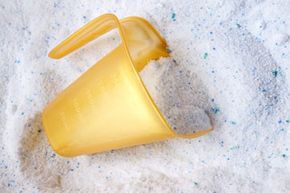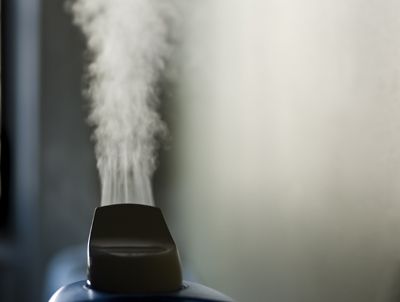Key Takeaways
- Laundry detergents clean fabrics. Surfactants are the key ingredient that allows detergents to remove dirt and stains by interacting with both oil and water.
- Modern detergents contain a mixture of surfactants, enzymes and other ingredients to tackle various stains and fabric care needs.
- The choice between powder and liquid detergents often comes down to personal preference, although environmental considerations and packaging waste are increasingly important factors for consumers.
Nothing beats the feeling of putting on a clean T-shirt, especially after a shower. It leaves you feeling fresh and ready to take on the day. And where do these clean T-shirts come from? Ah, yes -- the laundry, that household chore that never seems to go off of your to-do list. Even the numbers agree: The average American family does about 300 loads of laundry per year [source: Wall Street Journal].
You may find yourself constantly putting clothes and sheets in the wash because, put simply, people are dirty. We sweat, shed skin cells and come into contact with food, dirt and many more particles every day. Consequently, we need a way to effectively get clothes and fabrics clean to maintain personal hygiene and keep up the appearance of garments. But what exactly is going on in that washing machine to get our clothes and fabrics clean? The secret is laundry detergent.
Advertisement
Prior to the invention of laundry detergents, Americans used soap flakes to wash clothes. However, in the 1930s, the first laundry detergent, Dreft by Procter & Gamble, hit the market. Later, in 1943, Procter & Gamble produced Tide, which could get out tougher stains due to the use of some very unique chemical ingredients. Since the 1930s and 1940s, laundry detergent has become a household necessity that is used around the world to clean fabrics. So how exactly do laundry detergents get your clothes clean? In this article we are going to get to the bottom of what happens when detergents enter your washing machine.
First up: laundry detergent ingredients.
Advertisement


